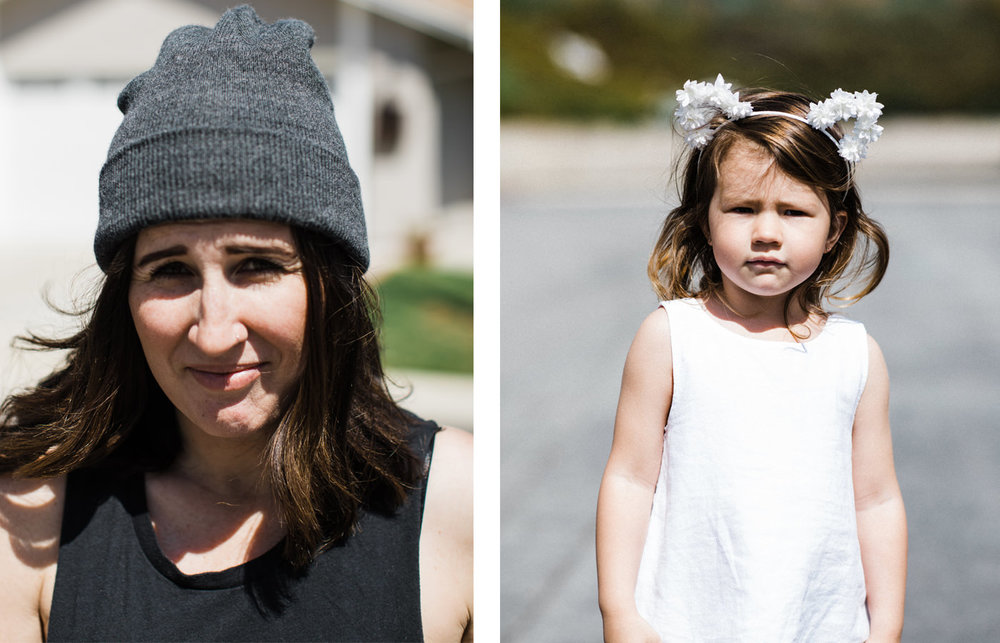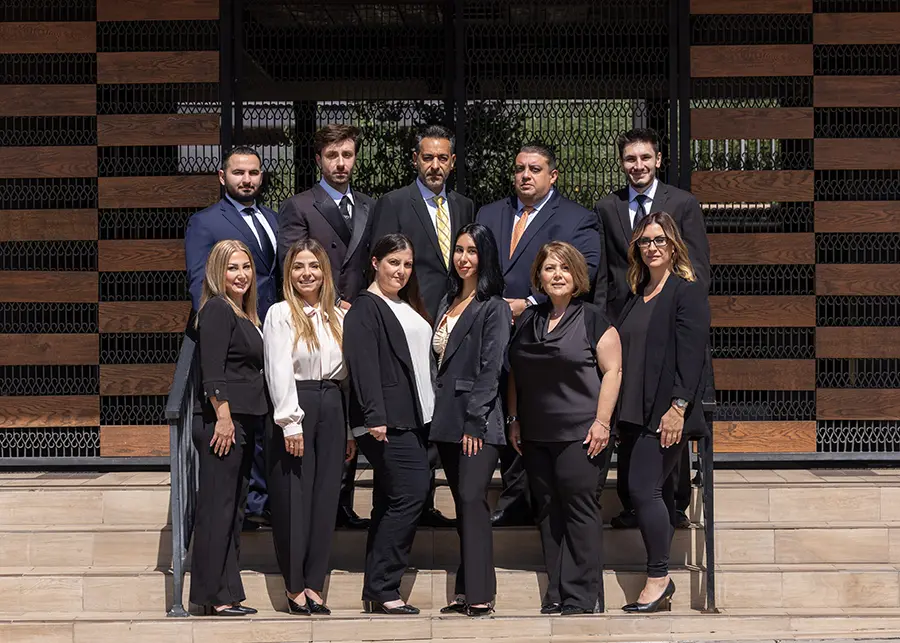
Avoid Bad Photography Lighting
Most people think you need a nice and bright day to take pictures. The image above shows what it looks like to shoot during the harshest lighting conditions directly under the sun.
I have clients contact me on the day of their wedding worried that it’s a cloudy day and their pictures won’t come out well. My response is always the same: you’re in luck—overcast gives you softer, better light.
"...if your photo session is on a cloudy day then you are in luck."
The images below illustrate what photographers deem "bad lighting conditions." While they may appear acceptable or even appealing to the average viewer, professional photographers recognize they fall short of optimal quality.
The first image, captured at the Huntington Library, was taken around 3 PM due to the botanical garden’s 5 PM closing time. As most know, the harsh 3 PM summer sun creates challenging lighting for ideal photography.
"Harsh light kills the moment. You wait for the right light, or you lose the soul of the image."
- Henri Cartier-Bresson
Shooting outdoors with natural light can produce stunning photos, but bad lighting can ruin your shots. To avoid harsh shadows and unflattering results, plan your shoot during the golden hours—shortly after sunrise or before sunset—when the light is soft and warm. If you're shooting midday, seek shaded areas like under trees or buildings to diffuse direct sunlight. Using a reflector or diffuser can also help control light intensity and direction, ensuring even illumination. By understanding the sun’s position and leveraging natural elements, you can achieve beautifully lit photos every time.
- Time your shoot wisely: Aim for golden hour lighting (early morning or late afternoon) to benefit from softer, more flattering natural light.
- Sunset Sunset, that's it: Nothing beats the sunset, PERIOD.
- Use natural diffusers: Position the subject in shaded areas, like under trees or shade of a building or a structure, to avoid harsh sunlight and reduce contrast.
Picture below is another example















